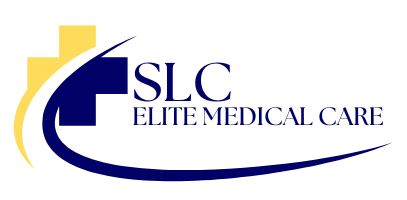
Makati
Philippines
Phone Number
0962 950 7814
(02) 8637-2360
Send Your Mail
slcelitemedicalcare@gmail.com

Philippines
0962 950 7814
(02) 8637-2360
slcelitemedicalcare@gmail.com
Cell Therapy involves the introduction of cells into a patient’s body to treat a disease or condition. Unlike traditional therapies that target disease mechanisms with drugs or surgical procedures, cell therapy uses living cells to repair, replace, or regenerate damaged tissues or organs, and in some cases, to treat cancer or other immune-related disorders.
How It Works
Cell therapy involves the introduction of living cells into a patient’s body to treat disease, repair damaged tissues, or regenerate organs. The underlying mechanism depends on the type of cell being used and the condition being treated. Cell therapies harness the biological properties of different cell types to either replace damaged cells, restore lost function, or modulate the immune system.
Key Mechanisms:
Conditions Treated:
Cancer Treatment:
Regenerative Medicine:
Blood Disorders:
Neurological Diseases:
Wound Healing and Tissue Repair:
Autoimmune Diseases:
Genetic Disorders:
Advantages of Cell Therapy: